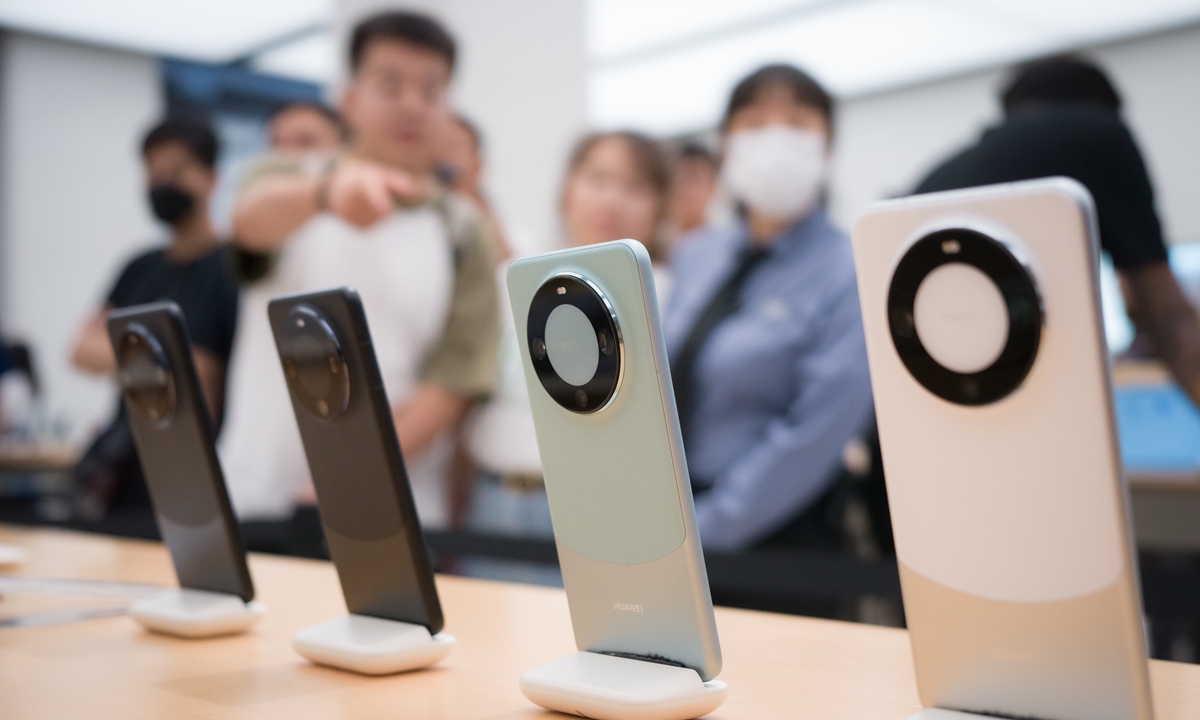Star Graphic: Vecteezy
Stroke survivors have a wide range of long-term healthcare needs.
After the stroke, they often experience a variety of cognitive, psychosocial and physical difficulties.
The most challenging problems post-stroke are usually physical and cognitive impairment, depressive symptoms, and fatigue.
Even survivors of a mild stroke struggle to regain full independence due to persistent symptoms.
A stroke survivor’s ability to carry out activities of daily living is likely to still be impaired even a year after they had their stroke.
As survivors work towards recovery, they may experience times when they feel like they have taken two steps forward, only to end up taking one step back.
This is normal and to be expected as rehabilitation gains often occur more slowly as time goes by.
Survivors with communication disorders like aphasia (which is caused by damage to the part of the brain that controls language expression and comprehension), would face even more challenges on top of their physical difficulties.
Maintaining basic communication would be a challenging task, let alone engaging in social networks and meaningful activities to reintegrate into their communities.
Unmet needs
After a stroke, survivors often experience emotional and behavioural changes.
The reason is simple: Stroke impairs our brain’s control over our behaviour and emotions.
You or your loved one may experience feelings of irritability, forgetfulness, carelessness or confusion.
About a third of survivors report depressive symptoms and one in five report anxiety in the first months or years after the stroke.
Many stroke survivors and their caregivers also feel abandoned and marginalised by community health services.
Inadequate post-stroke care can create unmet needs for survivors and their caregivers, which are often associated with poor quality of life for the survivor.
These unmet needs can include:
> Rehabilitation and recovery
Stroke patients often require long-term rehabilitation to regain lost function and mobility.
Many patients require ongoing physical, occupational and speech therapy, but may not have access to these services or the financial resources to cover the costs.
> Mental health support
Stroke patients may experience depression, anxiety and other mental health issues because of the physical and emotional challenges of recovery.
Access to mental health services can be limited, and there may also be stigma associated with seeking mental health care.
> Caregiver support
Caregivers play a critical role in supporting stroke patients, but may themselves experience significant stress and burnout.
They may also lack the training and resources needed to provide effective care.
> Social support
Stroke can be a life-changing event that can result in significant changes to a survivor’s social support network.
They may need help rebuilding their social connections and may benefit from peer support groups.
> Education and information
Many stroke survivors and their families have reported feeling overwhelmed and underinformed about the condition and its treatment.
Therefore, they may benefit from access to educational materials, support groups and resources to help them navigate the recovery process.
> Access to healthcare
Stroke patients may face barriers to accessing healthcare, particularly if they live in rural or remote areas.
They may also face challenges in accessing specialised care, such as neurology and rehabilitation services.
Beyond a year
It is a common belief that a survivor’s physical recovery will plateau a year after the stroke.
In the early stages of rehabilitation after a stroke, you can often recover quickly.
However, after a few months, your progress may slow or stagnate – therapists call this the plateau phase. It is a stage most survivors experience.
But contrary to widespread belief, it doesn’t mean that you can no longer recover any further.
In fact, it is possible to get through the plateau phase and recover even more function.
The goal of rehabilitation is to maintain your function and prevent any deterioration, as well as to better adapt to your longterm limitations.
Maximising physical independence may indeed turn out to be a lifelong task.
The best way to overcome this challenge is to make sure things at home are adapted as necessary to help you get back to your daily life safely.
You may seek advice from a healthcare professional, specifically an occupational therapist, to prescribe customised assistive devices and assistive technology for home modification.
Emotional impact
A stroke is sudden and shocking, and can affect every part of your life, including your emotional well-being.
Every stroke experience is unique, but to most survivors, it feels like a loss of life.
Most survivors come to accept their physical disability, but many remain emotionally vulnerable years after their stroke.
The loss of physical independence may result in a loss of sense of identity, as well as guilt over the burden they are now posing to their family members.
Hence, ongoing psychological support from family, friends and/or healthcare professionals may be needed.
Providing flexible psychological support for stroke survivors can be achieved through a variety of approaches, including:
> Individual therapy
Stroke survivors may benefit from individual therapy sessions with a licensed therapist.
These sessions can be tailored to the person’s specific needs.
> Teletherapy
Teletherapy allows stroke survivors to receive psychological support remotely, via video conferencing or phone calls.
This can be particularly helpful for patients who are unable to travel to the counselling centre, or who live in rural or remote areas.
> Group therapy
In addition to providing therapy in a group, group therapy sessions can give stroke survivors the opportunity to connect with others who have had similar experiences.
This can help survivors realise they are not alone, as well as both receive from and give support to their fellow survivors in the process of undergoing the therapy.
> Peer support
Stroke survivors may benefit from peer support groups, which provide a supportive and empathetic environment for survivors to share their experiences and learn from others who have been through similar challenges.
While group therapy is led by a healthcare professional and aims to bring about a change in mindset or behaviour, peer support groups comprise only of fellow survivors and are meant to help their members cope with their situation.
> Caregiver support
Providing psychological support for caregivers can also benefit stroke survivors, as it can help reduce caregiver stress and improve the quality of care they provide.
This support can be provided through individual or group therapy sessions, or through educational programs designed specifically for caregivers.
> Online resources
There are many online resources available for stroke patients and their caregivers, including educational materials, support groups and forums.
These resources can provide flexible support for patients who may have limited access to in-person services.
It’s important to note that psychological support for stroke survivors should be tailored to the individual’s needs and preferences, and should be provided in a flexible and compassionate manner.
See next
The financial impact of having a stroke
By Dr Lee Tze Yan, a senior lecturer in molecular medicine at Perdana University. Matthew Teo Yong Chang is an occupational therapist specialising in stroke rehabilitation and senior lecturer at Manipal University College Malaysia. For more information, email starhealth@thestar.com. my. The information provided is for educational and communication purposes only, and should not be considered as medical advice. The Star does not give any warranty on accuracy, completeness, functionality, usefulness or other assurances as to the content appearing in this article. The disclaims all responsibility for any losses, damage to property or personal injury suffered directly or indirectly from reliance on such information.
Related posts:













